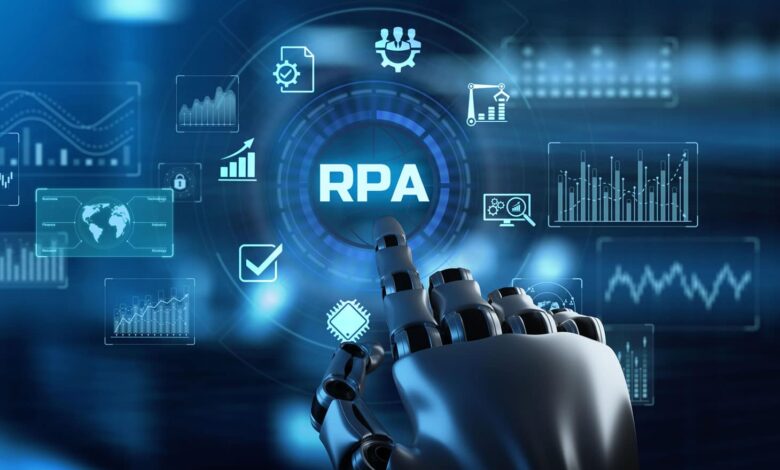Demystifying RPA: A Beginner’s Guide to Robotic Process Automation
What Is RPA? Defining Robotic Process Automation

Hey there! Have you heard about RPA and wondered what the hype is all about? Well, you came to the right place. RPA – Robotic Process Automation is transforming businesses, but the concept can be confusing if you don’t know where to start. In this beginner’s guide, we’ll walk through the basics in a way anyone can understand. You’ll learn what RPA is, why businesses use it, and how it works. We’ll demystify key terms and provide real-world examples so you can wrap your head around this game-changing technology. Whether you’re new to RPA or looking to go deeper, you’ll find this guide approachable and packed with the core info you need. Let’s get started and uncover the fundamentals of robotic process automation!
How Does RPA Work? Understanding the Basics
Robotic Process Automation or RPA refers to software tools that automate repetitive, rule-based tasks. They mimic the way humans interact with software applications to complete processes like data manipulation, transaction processing, and communication across systems.
How Does RPA Work?
RPA uses software robots or “bots” to automate workflows and processes. These bots can log in to applications, move files and folders, copy and paste data, fill in forms, and extract data from documents. They operate on the user interface of applications just like humans. The bots are programmed with business logic and rules to automate processes according to those rules.
The Benefits of RPA
Implementing RPA provides several benefits:
– Increased efficiency. Automating repetitive manual tasks saves time and resources.
– Improved accuracy. Bots eliminate human error and provide consistent output.
– Cost reduction. RPA minimizes labor costs by reducing the need for human workers to perform repetitive tasks.
– Compliance. Bots follow the rules and policies you set up, so they support compliance with regulations and standards.
– Scalability. It’s easy to scale RPA solutions since you just need to add more bots and computing power.
RPA is a fast-growing field that promises to transform how we work by freeing up our time from monotonous tasks so we can focus on more meaningful work. The future is automated, and RPA is leading the way.
RPA Use Cases and Applications: Where Can RPA Be Applied?
What is RPA?
RPA or robotic process automation refers to software tools that automate repetitive, rules-based processes usually performed by humans. Think of RPA as software robots that mimic human actions like data manipulation, transaction processing, and communication across various software systems.
How do software robots work?
RPA software robots, or “bots”, are programmed to capture and interpret existing applications for processing transactions, manipulating data, triggering responses and communicating with other systems. The bots observe the way humans interact with software applications and then mimic those actions.
The benefits of RPA
Implementing RPA can significantly reduce the time and cost required to perform high-volume, repetitive tasks. Bots can work 24 hours a day, 7 days a week without breaks. RPA also increases accuracy by reducing human errors. By automating repetitive and mundane tasks, RPA allows human employees to focus on more strategic work.
How is RPA implemented?
RPA tools interact with existing software applications through the user interface, just like a human. The tools require minimal IT infrastructure changes to implement. However, for RPA to work properly, the target processes and software applications must have clearly defined rules and logic. RPA works best for highly repetitive and standardized processes.
In summary, RPA is an exciting technology that can greatly optimize business processes. By understanding the basics of how RPA tools work and their benefits, you’ll be on your way to improving productivity and reducing costs through automation. Now isn’t that something worth exploring?